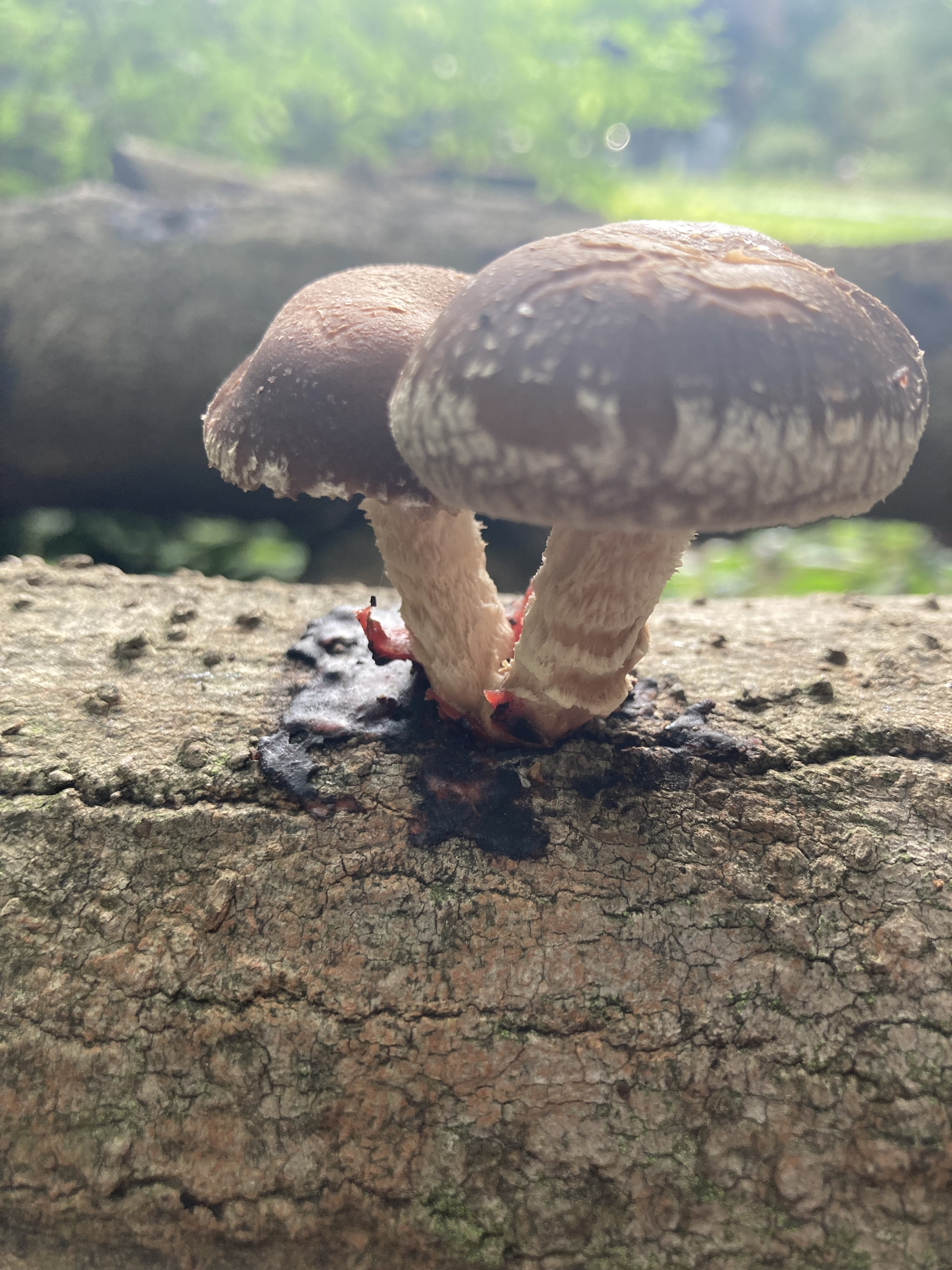A lot of guides online suggest some hard to get or not widely available foods (idk where to find tempeh and quinoa is a bit expensive, for example). But I’m kinda doing the math in my head and having a hard time meeting protein intake goals (probably about 150g per day at least). I did get a protein supplement and it will help I guess, but im not great at meal planning. For anyone who lifts and is vegan, what do you do?
Tofu is huge for protein intake. Lentils and beans are nice for cheap staples with good protein and fiber.
Tofu, seitan, tvp and protein isolates are the only good vegan protein sources. Legumes have too many carbs. Pea protein is good too, in like mock chicken etc
I also posted this a while ago but the macros on chili dogs made with lightlife and Amy’s chili are godlike
Are the dogs good? It’s not like hot dogs are even good I’m just curious
Yes
The bro-science thing you’ll often see is 1g per 1 lb of target body weight, but that’s an over simplification. Most studies I’ve read put it more at .7g or .8g at most for 1 lb of target body weight, and this is only if you plan on getting incredibly beefy. I think most people simply lifting for their healthy can do .5g per 1lbs of target body weight. So bear that in mind when you’re talking about your protein intake.
To add to the general discussion, vegan protein shakes will probably be a staple of your input. I’m not vegan, but it would be incredibly difficult for me to get to about the 120-140 grams of protein I do a day without my shake.
Most studies I’ve read put it more at .7g or .8g at most for 1 lb of target body weight, and this is only if you plan on getting incredibly beefy.
There’s been a lot of research done about this and it’s been more in favor of the ‘bro science’ stuff than what you’re proposing. You can generally get away with less protein/bodyweight if you’re bulking than if you’re cutting. .7g is fine if you want to build muscle ie with caloric surplus, 1.0 is what you want to stick to if you’re trying to burn off fat and keep muscle.
I would disagree. See Stronger by Science here, which recommends .8 at the top end based on a meta-analysis of multiple studies: https://www.strongerbyscience.com/athlete-protein-intake/
Also this Jäger et al study is referenced often, which puts the top end at .9, which is approaching the “bro science” number, but still isn’t quite there. https://jissn.biomedcentral.com/articles/10.1186/s12970-017-0177-8
And this is specifically for folks looking to get particularly strong and not just lift for their health. Without OP’s goals, cannot say for sure what would be best, but regardless, 1:1 is probably overkill.
Might be some confusion here as the target is typically 1g per pound of lean body mass which if you’re 15-20 pct body fat like most fit people works out to .8 per pound
For sure. I think that 1:1 ratio accidentally got attached to total body weight just because it’s easier to remember. If OP has access to reliable body fat detection, they can get an even better idea of good daily protein. And of course, all of this is just guidelines, different bodies react differently. There are plenty of people that react well to a ratio even higher that 1:1. I was just seeing OP struggling with 150g and so wanted to make sure they actually need 150g.
It’s more about protein as a % of calories with energy adjustment based on activity levels thru carbohydrates. 150g protein is only going to be 450 calories after thermogenesis. Keep in mind we’re not slaughtering shit en masse for our gains and we can truly consume as much soy isolate as we wish (unless it has sucralose but I won’t elaborate on what happens then).
You are welcome to consume more protein for sure. I just see a lot of novice lifters hear the 1:1 ratio and think they’ve got to get an incredible amount of protein in them because they weigh something like 220 lbs. And they often think it’s per current body weight, not target body weight. Goals are important in lifting in general too.
Since OP sounds like they are struggling with reaching a fairly average goal of 150g, just wanted to make sure they actually need 150g. Stronger by Science has a great collection of data on protein to really dig into what multiple studies have to say, half of which are meat protein versus plant protein, so should be helpful to any lifter: https://www.strongerbyscience.com/athlete-protein-intake/
No doubt personalized levels of thermogenesis will help OP realize overall caloric intake required to bulk or cut depending on their weight goals, so that’s important too. But wasn’t really at front of mind for me to be honest. Good point to bring up.
Cool thank you always looking for more serious studies about training and metabolism
Hmm if unavailable, Asian grocers probably have tempeh, seitan/mianjin, and maybe some other sources. I buy imported quinoa from a farmers market in 25lb bags. Might want to look for “wheat berries” as well.
(By the way, the most significant transformation I ever witnessed was a friend working manual labor probably getting 40-50g/day)
Seems like the bases are covered here, but to reiterate:
Eat legumes: beans, lentils, chickpeas, peanuts. These are your protein staples. Chili, pots of beans, throw it in a tortilla or eat with rice so you get all your amino acids for a complete protein.
Tofu, TVP (very cheap at Mexican and Asian grocery), “soycurl”. These are processed legume products and they are also affordable and high protein. They need kind of a lot of seasoning.
Fake meats: beyond, impossible, Morningstar, gardein. These are quite expensive and processed but high in protein. Taste good out of the box so they’re great “too lazy to cook” meals
Protein shake: sure why not.
When it comes to plant protein powder be careful as some brands have been found to have lead, mercury and other heavy metals in them
Soy isolate powder is 90% protein by weight. Powdered peanuts are 50% protein by weight and have minimal fat. Legumes in general are loaded with more protein than meats because fats are roughly 3x as caloric after you account for thermogenesis from carbs.
Beans (especially soy beans or derivatives like tofu or tempeh), lentils, and peanut butter are your best friends.
Beans and lentils are mostly carbohydrates and peanuts are mostly fat. For instance cooked lentils are 9% protein by weight, but 20% carbohydrates. Peanut butter is 27% protein by weight, but also 55% fat. Yes these foods do contain a lot of protein, but when you’re trying to target a specific macronutrient (protein in this case) it’s not helpful to eat something that mostly contains a macronutrient you’re not targeting. It can easily lead to overshooting calorie targets, which is fine when bulking, but bad for maintenance and terrible for cutting. I think OP is looking for foods where the primary macronutrient is protein. Someone like seitan.
You can also make Seitan yourself at home, by ‘washing flour’, or just by buying ‘vital wheat Gluten’ flour.
1 part flour (or besan (chickpea flour) for extra protein) to 3 parts gluten. Some veggie stock, garlic, and onion powder, and salt.
Knead, rip into nuggets, steam 10 minutes, pan fry 2 minutes per side with a bit of sauce.
‘vital wheat gluten’ is like, 77% protein by weight. That puts it just under ‘whey protein’.
The ‘washed flout’ technique I think gives better flavor/texture, but is more work.
You can find Textured Soy/Vegetable Protein in the dried food section of Asian or Mexican markets. It’s super cheap and packed with protein.
I also have a decent peanut butter and chocolate vegan protein powder that I ordered from Costco online.
deleted by creator
Sorry but this isn’t great advice. I tend to think you can get away with being conservativr on protein intake (esp while bulking) but .5 g per body weight is not great. You don’t NEED 1:1 but 150 g is not an exhorbitant smount if you weigh => 150lb
deleted by creator
Eat the weights
Also you can replace quinoa with bulgur which is a lot cheaper where I live. Tastier too.
Depending where you are, you can get Vega vegan supplements at places like Costco. Cheaper and easier there. Also check out Amazon and their Subscribe and Save function, as the subscription doesn’t need to be a monthly thing, you can make it once every few months (and cancel after the first delivery too just for the saving).
You can try making your own tempeh, if you’re inclined to experiment with fermentation.
All kinds of miso (miso can not only be made with soybeans) is also a nice way to boost protein intake.
Miso is way too salty to consume any appreciable amount of protein from it, no?










